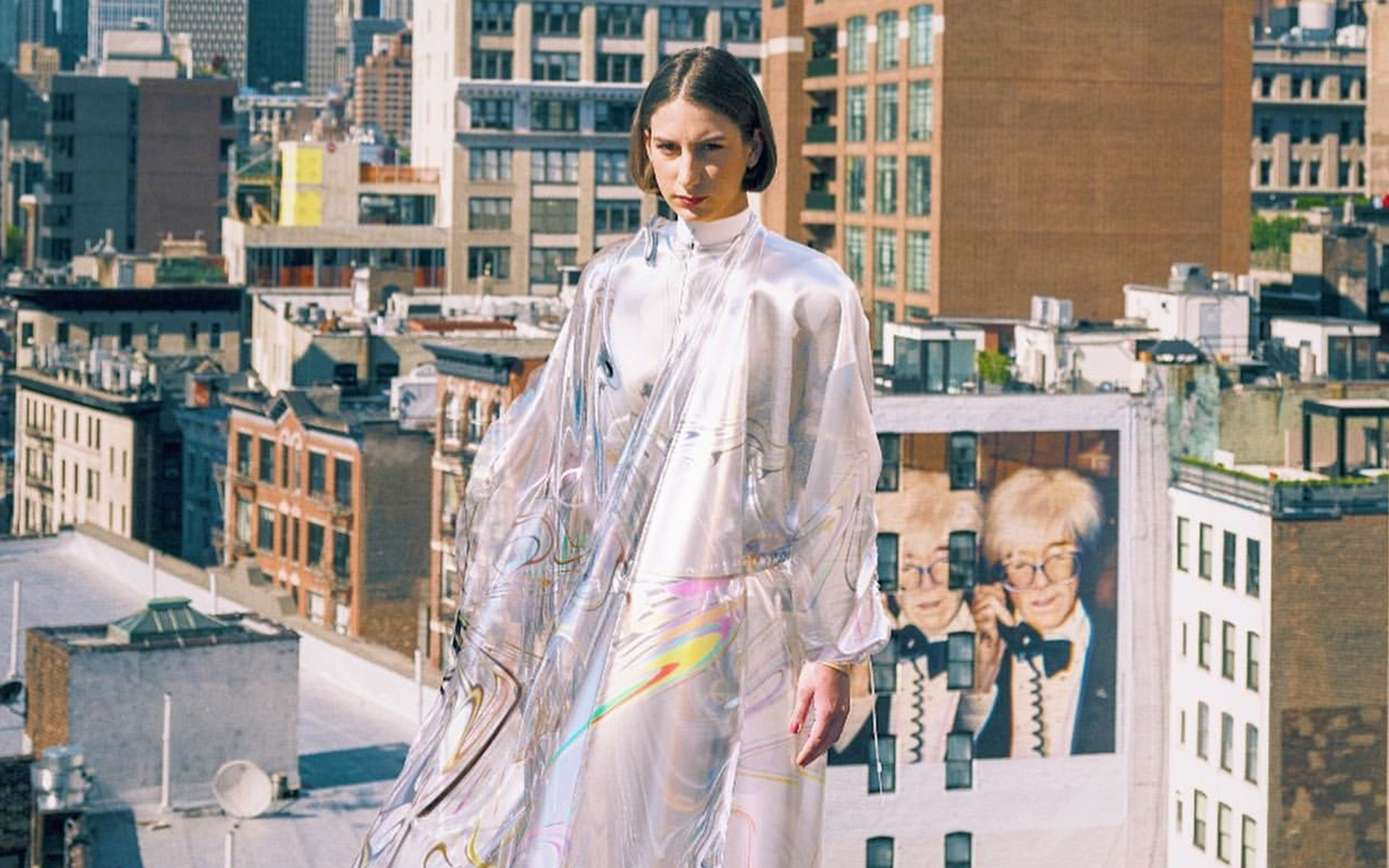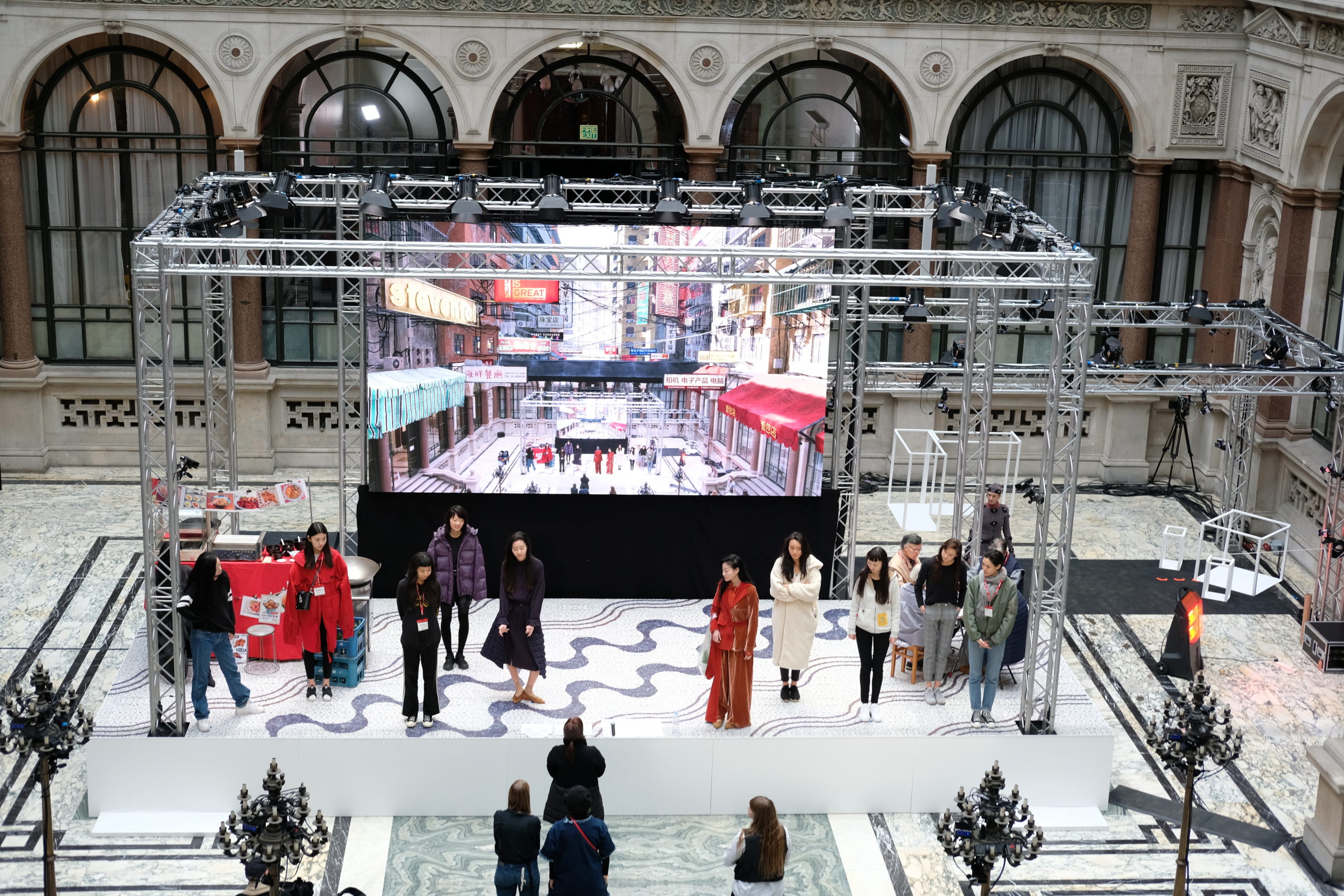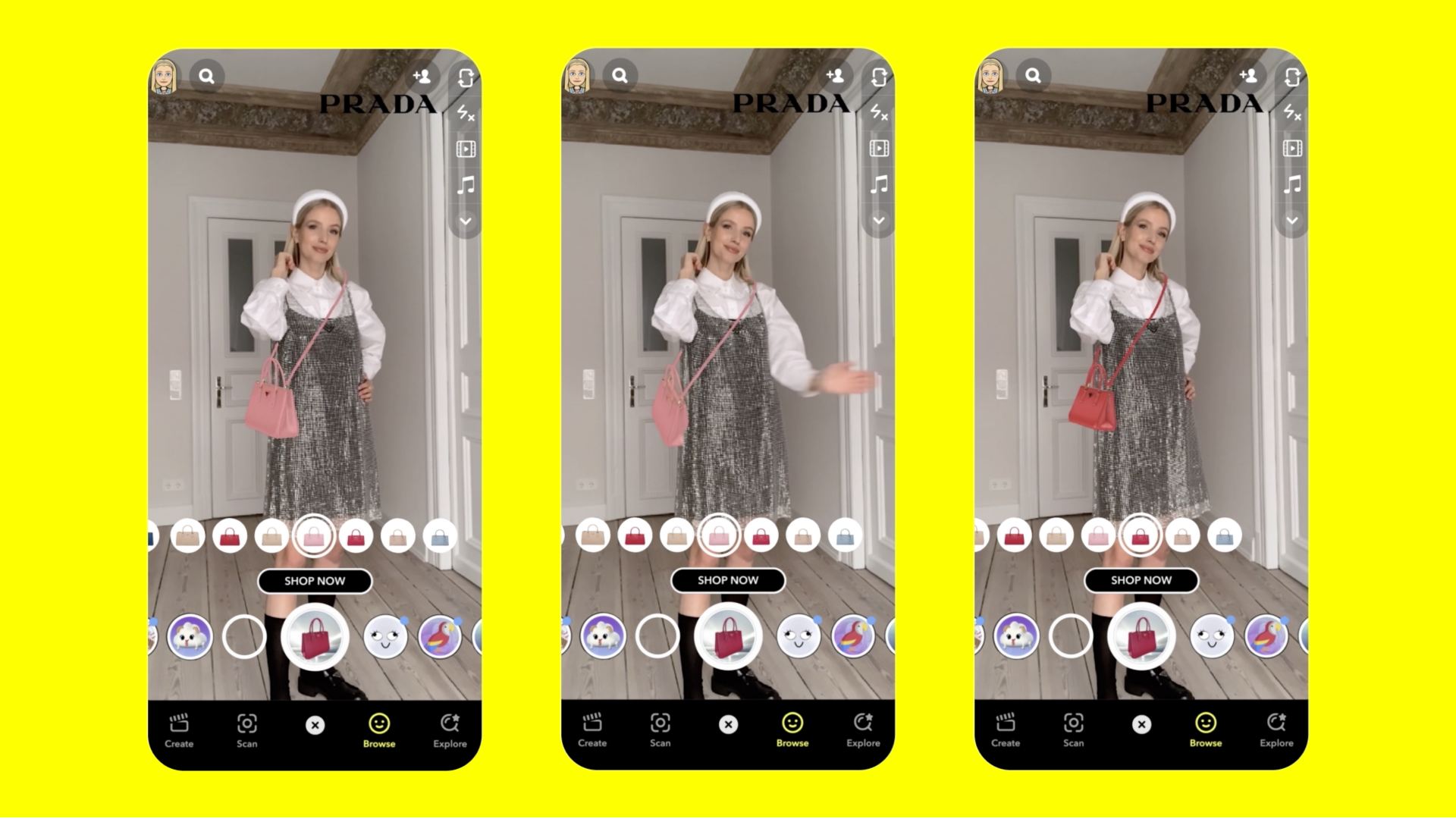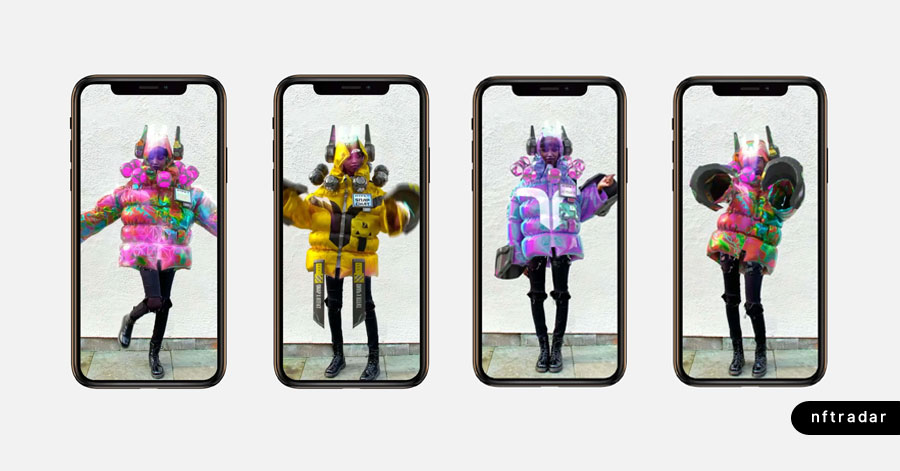Big tech platforms are collaborating with fashion and beauty brands to keep users engaged and increase revenue streams amongst a shift in online shopping trends.

Clothes that don’t exist are worth big money and NFTs are introducing authenticity and exclusivity to the fashion world. Online communities and spaces are becoming increasingly popular, enabling users to interact with one other to participate in a virtual economy. In addition to new and innovative online environments, advancements in AR are also changing consumer’s style purchases.
Purely Cosmetic
Purchasing purely cosmetic digital items isn’t a new concept. Gamers have been purchasing add-ons since the 2000s. As virtual fashion takes steps towards an increasingly digital future, NFTs are able to transform digital garments from a clever form of marketing into a traceable design object. Recording ownership of an asset on the blockchain allows the owner to ensure authenticity and scarcity. Big brands are also able to reach a wider market, for example, those more interested in the blockchain space.
“It’s only a matter of time” before major fashion houses get into NFTs, Gucci told Vogue Business back in March. The company recently auctioned a four-minute NFT video at Christie’s for $25,000.”
Source: Bloomberg

The formation of digital spaces is focused on digital asset ownership in an easy to understand format. The applications used are mainly decentralised, running on a blockchain or p2p network. The clothing and worlds may be virtual, but the money is real. Collaborative digital ecosystems are becoming increasingly popular, wherein collectable digital assets hold value and have use in an exciting and ever-evolving gaming and wagering environment. Celebrity musicians are even performing for audiences of millions, and this hard-earned cash is being spent on virtual land and Big Fashion.
Big Tech Squeeze
Big tech platforms are courting fashion and beauty brands, looking to keep their users engaged with an aim to increase revenue amid a pivot to increasing online shopping. One year after its first experiment with virtual try-on and AR, Snapchat is looking to stand with AR tools, a gateway for virtual try-ons. Snap Inc. is racing to add more virtual try-on and AR shopping features in an effort to lure beauty brands and fashion labels to sell online, to steer customers away from shopping via Instagram and Facebook.
“It was widely assumed that Facebook, Google, Apple, Amazon, and the rest would squeeze Snapchat out of the equation, but they have built a supremely strong AR ecosystem and look extremely well-placed to deliver on the potential that full 3D body-tracking will offer to the fashion industry,”
says Matthew Drinkwater, head of the London College of Fashion’s Fashion Innovation Agency, which has worked on numerous body-tracking fashion projects.
“Snapchat is galloping ahead in trying to make sure that they are the leader when it comes to people spending on shopping via social platforms,” adds social media consultant Matt Navarra.”
Source: Vogue Business
Making a move
Farfetch and Prada are making moves forward. They are the first amongst big fashion to branch out and into the world of innovative, technology-based fashion. Snapchat users will be able to try on branded clothing, glasses, purses and bracelets virtually with this new technology which detects body movements and facial dimensions.

Prada is trying out a new hands-free try-on app. It allows users to step away, set their phone down and view how various Prada purses will compliment them. Piaget is also taking advantage of new technology to enable virtual try-on of bracelets and watches. This technology detects the face for makeup, eyewear and sneaker try-on.
In addition, Farfetch is trialling Virgil Abloh’s Off-white collection. This tool will allow Snapchat users to say, “show me a windbreaker jacket with a pattern.” This then enables the front-facing camera to display a suggested item on the user’s body. Afterwards, the user can either share the image or buy the item directly within Snapchat.
Snap x Series, ft. Off-White
Off-White and Snapchat recently collaborated on an AR Lens experience. This allows users to virtually try-on or style their Bitmoji selfies with a selection of Off-white face masks. This creative bridge between the digital and real world is known as the ‘Snap x Artist series’. Previous collaborators include Damien Hirst, Christian Marclay, Alex Israel and Harmony Korine.

Abloh says, of his Snap x mask collaboration,
“It’s important now, more than ever, to check in on your community, to ensure we’re keeping each other safe… My hope is that we encourage our joint global community to stay safe and mask-up, but also allow them to let their digital portrait reflect their IRL style and personality.”
Source: WWD
Off-White have previously worked with augmented reality for its window displays at its Milan, New York and Las Vegas stores in 2019. Snapchat has recently introduced additional tools, which include voice-gesture control filters known as “Lenses”. There are also brands shops, catalogue integrations and virtual stores available. This provides users with the ability to search for and shop by an image or items they locate within the real world. Prada, Farfetch and Piaget are the early adopters of these brand new tools.
Purely Virtual Clothing
For something a little different, visit Dressx. It’s a digital clothing outlet that features style innovation at its best. Amongst featured designers is Auroboros; a science/tech fashion house creating the near future with physical couture and digital ready-to-wear. It is the first fashion house to merge science and technology with physical haute couture, as well as digital-only ready-to-wear.

“Think mind-bending whirls of colour that no machine can reproduce, clever cuts of clothes that seem to defy the constraints of human craftsmanship (and gravity), and tantalising textures that almost make you forget that you can’t feel them in real life.”
Source: Vogue
The basic concept is this: the user uploads a photograph of themselves and submits it to Dressx. The design house expertly fits and recreates the user-chosen garment. The items are digital-only and are applied to your chosen photo(s). The clothing ranges from the mid-tens to thousands of USD. As per the Dressx website,
“we believe that there are ways to produce less, to produce more sustainably, and not to produce at all. At a current stage of DressX development, we aim to show that some clothes can exist only in their digital versions.”
Subscribe to FIB’s Weekly Alchemy Report for your weekly dose of music, fashion and pop culture news!






